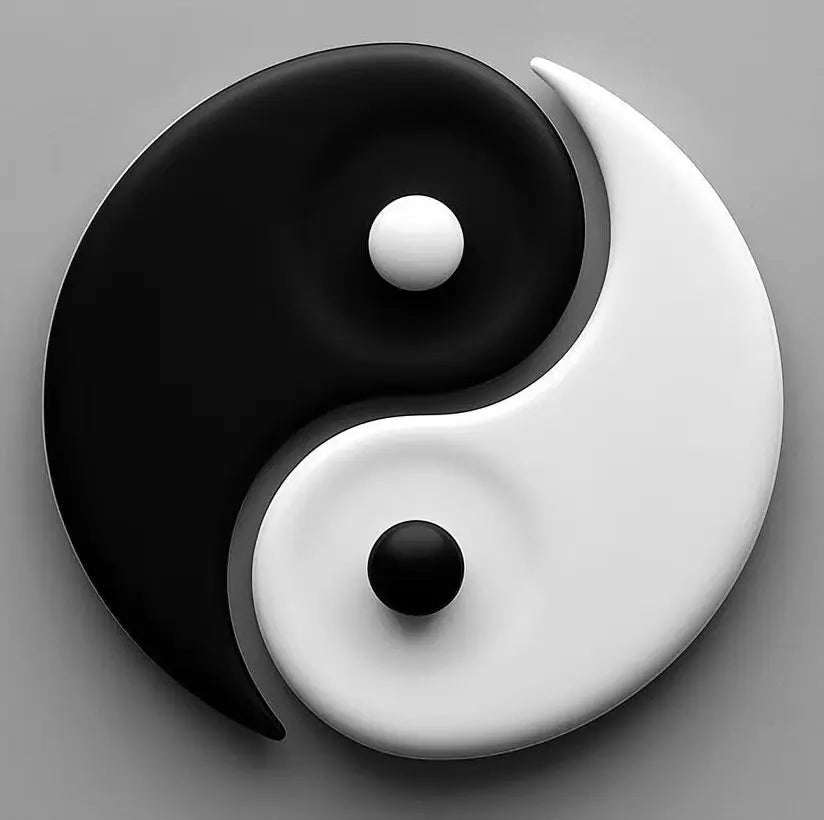The doctrine of yin and yang is a cosmology and methodology to understand nature, explain nature and explore the laws of nature by the relative attributes of yin and yang and their changes, and it is a simple theory of the unity of opposites in ancient China. Chinese veterinary medicine invokes the doctrine of yin and yang to explain many issues in veterinary medicine and the relationship between animals and nature, which runs through all aspects of Chinese veterinary medicine and becomes the guiding ideology of Chinese veterinary medicine.
Yin and Yang are two interrelated and opposing things, or two different attributes of the same thing. The initial meaning of yin and yang refers to the back and forth of daylight, to the sun for the sun, back to the sun for the yin, to the back and forth of daylight set yin and yang. The sunny place has the characteristics of light and warmth, and the sunny place has the characteristics of darkness and coldness, and so these characteristics are used to distinguish between yin and yang. In the long-term practice of production and life, the ancients encountered a variety of phenomena that seem to be interlinked and opposed to each other, so they continue to extend its meaning, heaven and earth, up and down, the sun and the moon, day and night, water and fire, lifting and lowering, static and dynamic, inside and outside, male and female, etc., are generalized with yin and Yang, Yin and Yang has lost its initial meaning, and has become a representative of the two sides of the contradiction or the two sides of the unity of the two sides of the antithesis of all things. Synonym. Between the things represented by yin and yang, there exists a relationship of both opposition and unity. It is from this simple concept of the unity of opposites that the ancients believed that the opposite of yin and yang, the growth and transformation, is the root cause of all things occurring, developing and changing. Such as “Su Wen - yin and yang should be like the theory” said: “Yin and Yang, the way of heaven and earth, the program of all things, the parents of change, birth and death of the beginning.” It means that yin and yang is the universal law of the universe, the program to which all things are subject, and the creation and demise of all things are rooted in yin and yang's
change.
It is generally believed that the attributes of yin and yang are recognized by the criteria of up and down, static and dynamic, tangible and intangible. To summarize, anything that is upward, moving, invisible, warm, outward, bright, exuberant, exciting and strong belongs to yang, while anything that is downward, stationary, tangible, cold, inward, obscure, diminished, inhibited and weak belongs to yin. Yin and Yang can represent both opposing things or phenomena and two opposing aspects within the same thing. The former, such as heaven and earth, day and night, water and fire, cold and heat, etc., and the latter, such as the body's internal gas and blood, organs and internal organs, Chinese medicine, such as heat and cold. Yin and Yang has the following characteristics: ① the universality of yin and yang - the unity of yin and yang is the general law of the movement of all things in heaven and earth; ② the relativity of yin and yang - yin and yang attributes are relative to the conditions of time; ③ infinite divisibility - the yin and yang of the reoccurrence of yin and yang, and so on. -Yin and yang are compounded within yin and yang. For example, the relationship between the back and the chest and abdomen, the back for Yang, chest and abdomen for Yin; and Yin chest and abdomen, and chest in front of the diaphragm is Yang, abdomen in the diaphragm is Yin.

